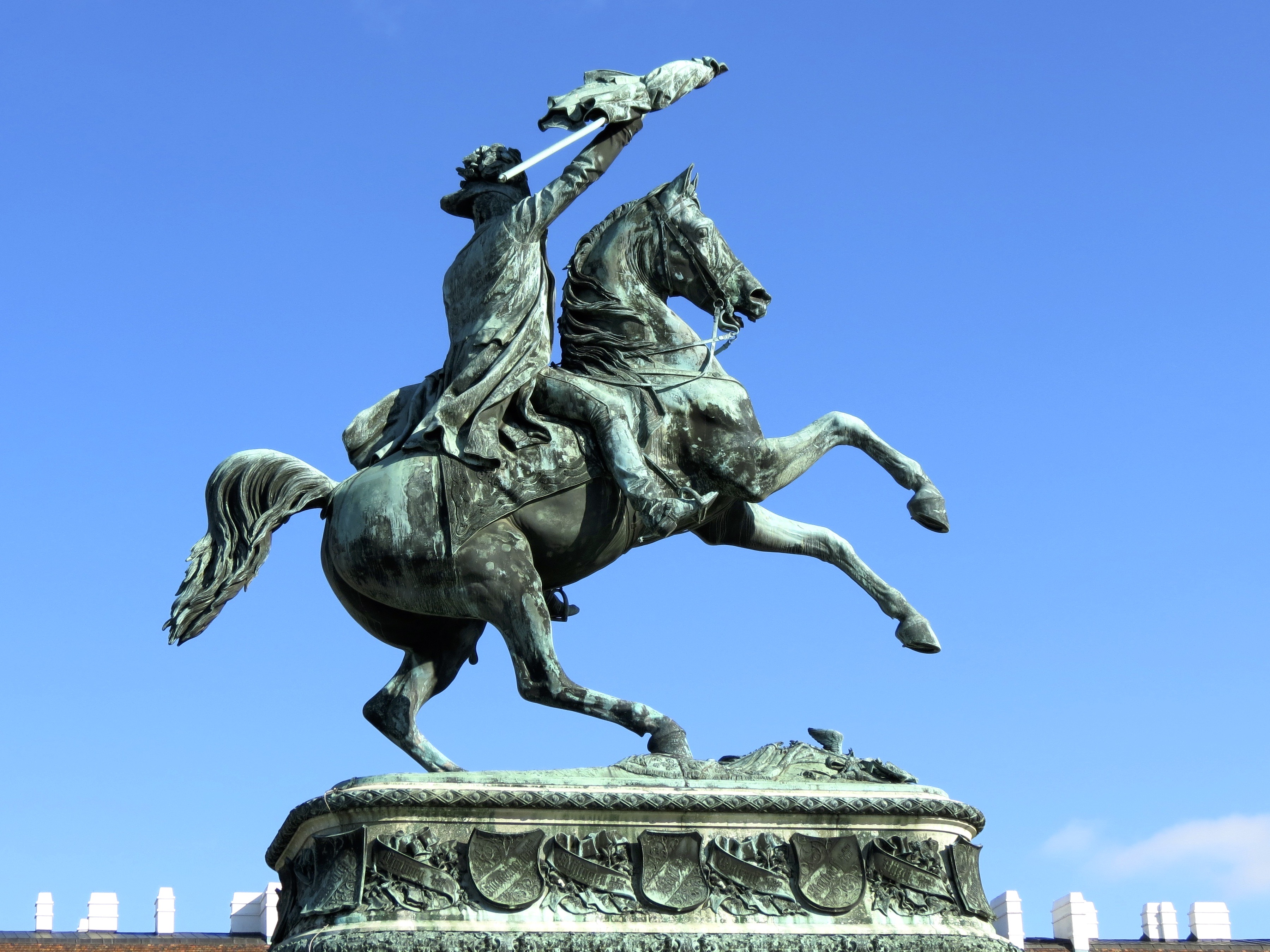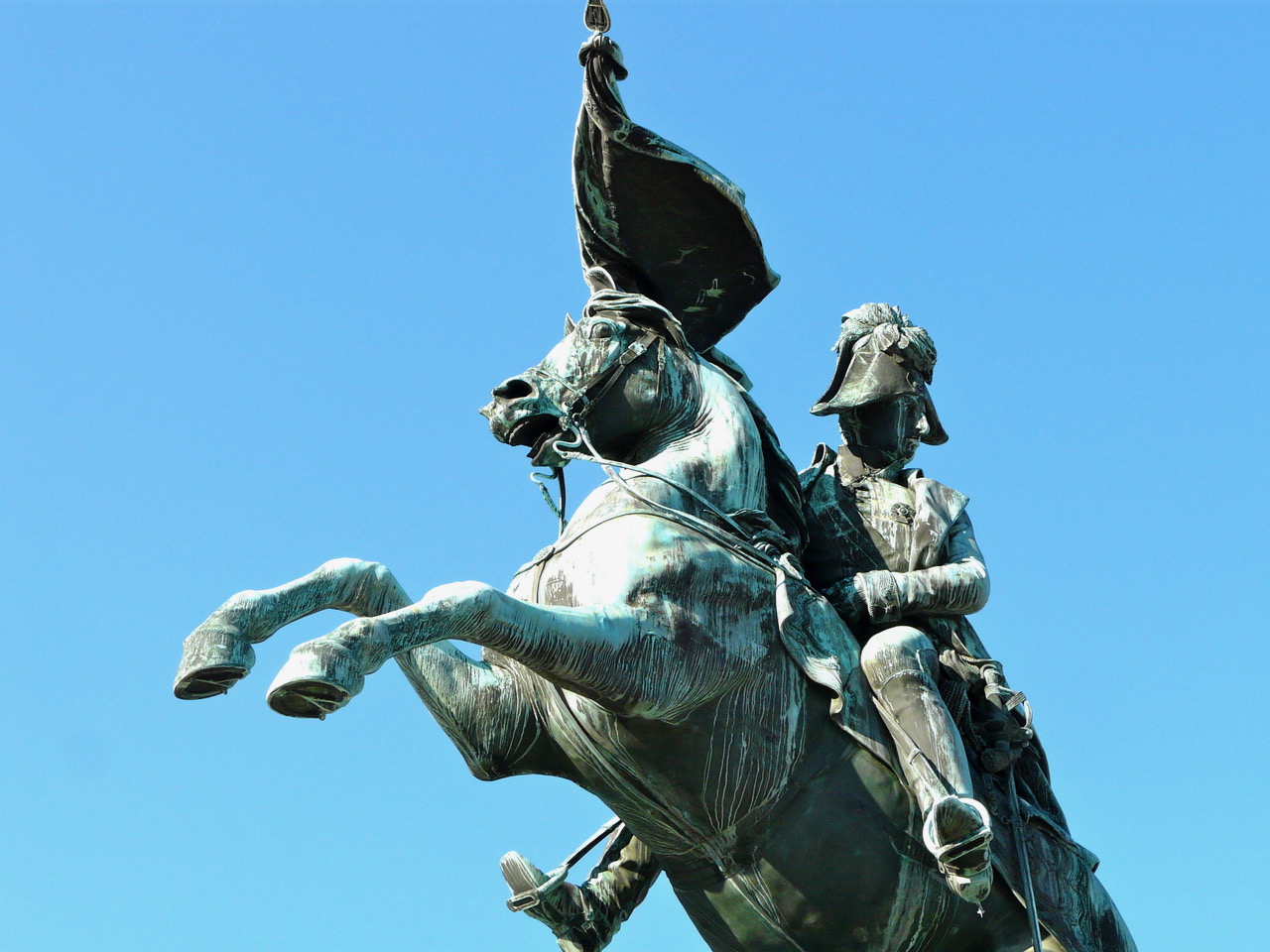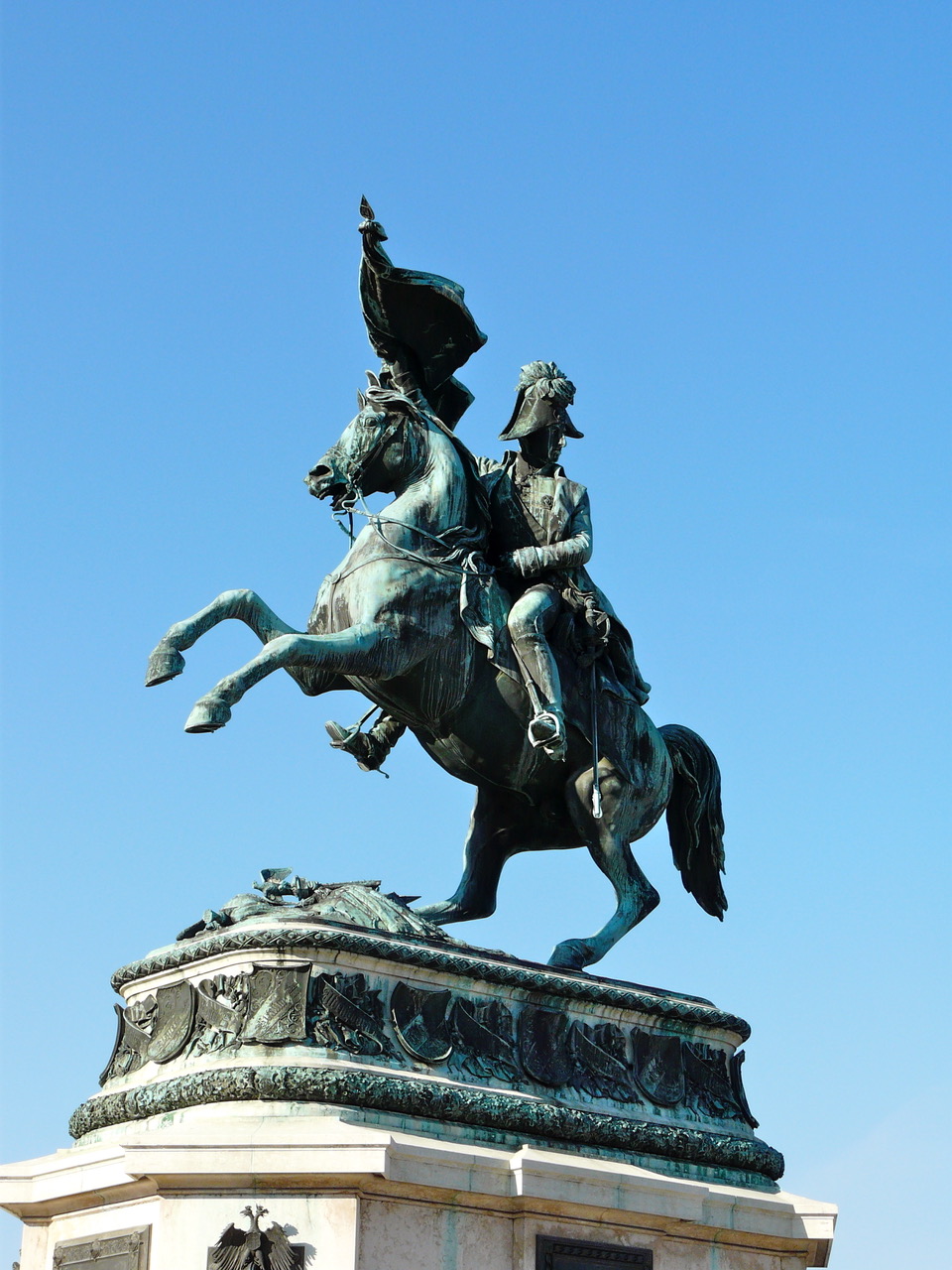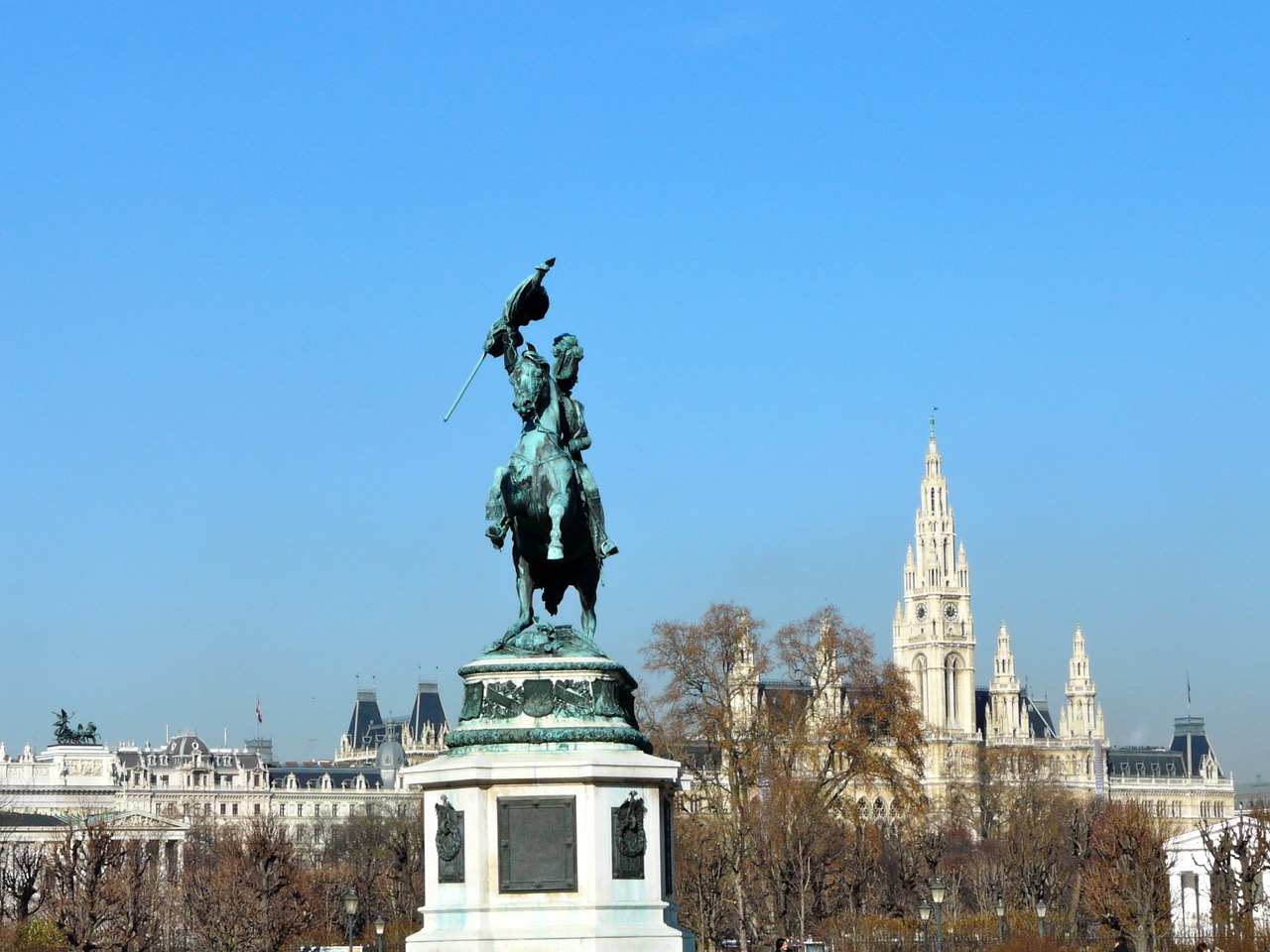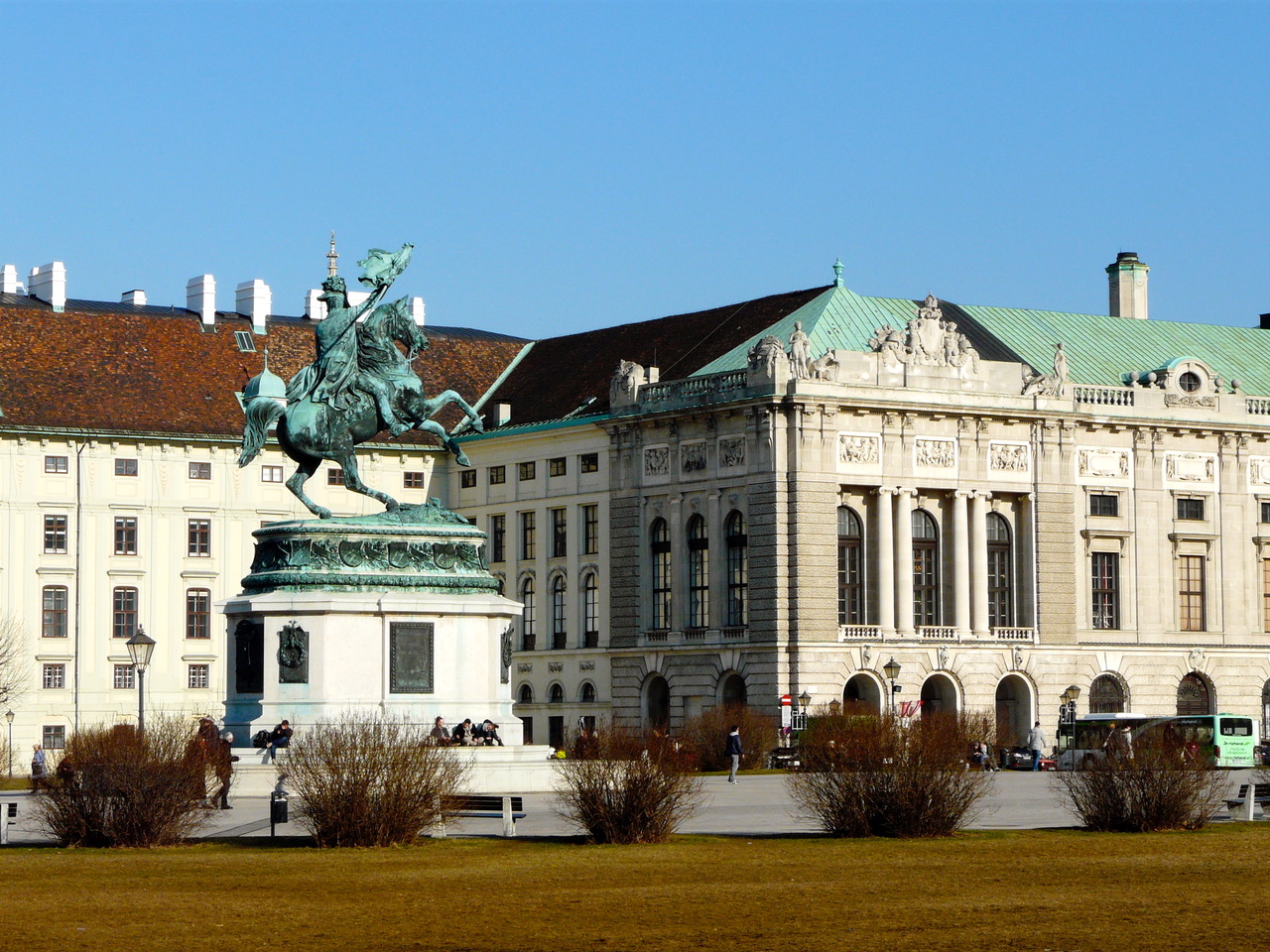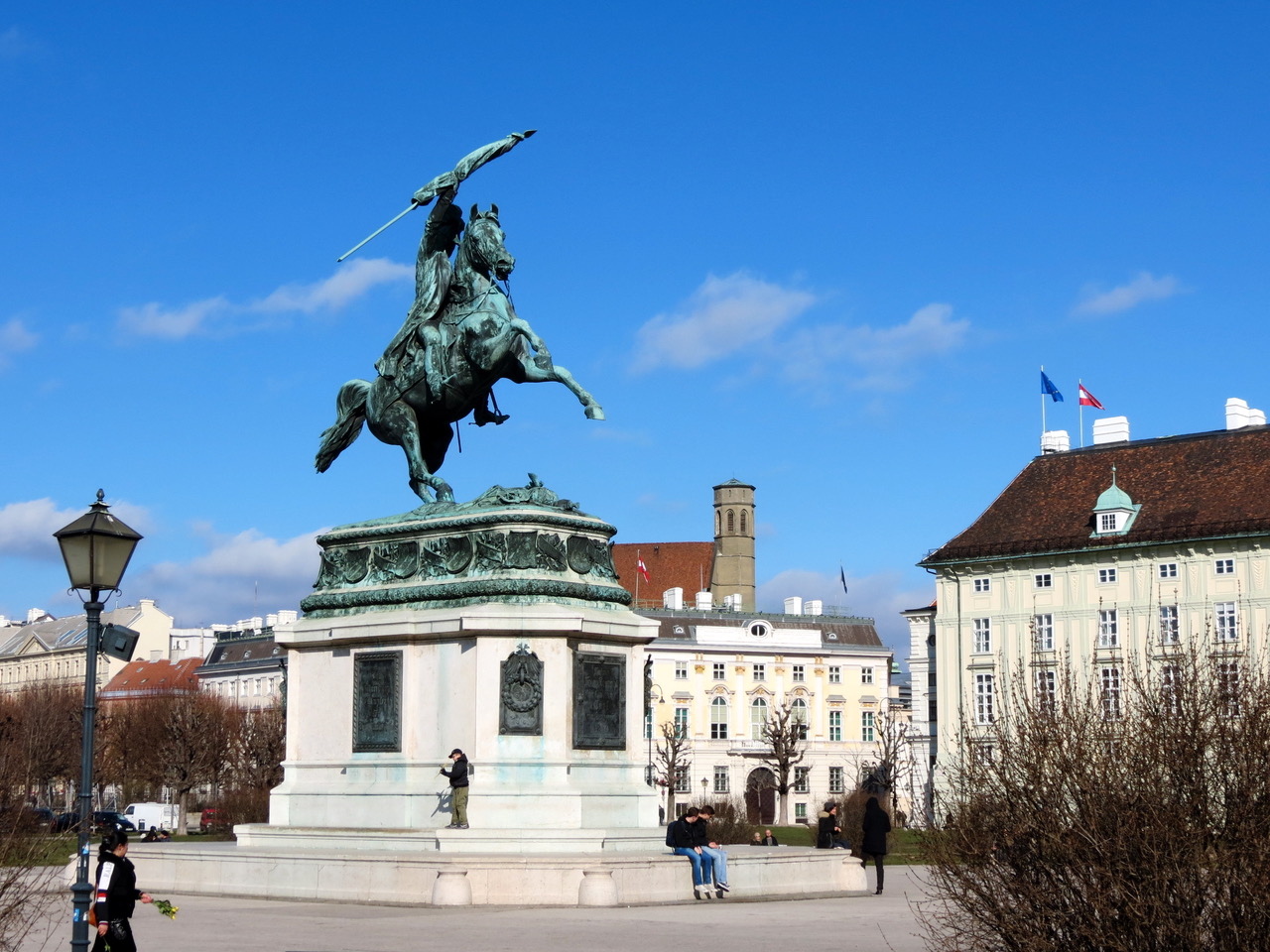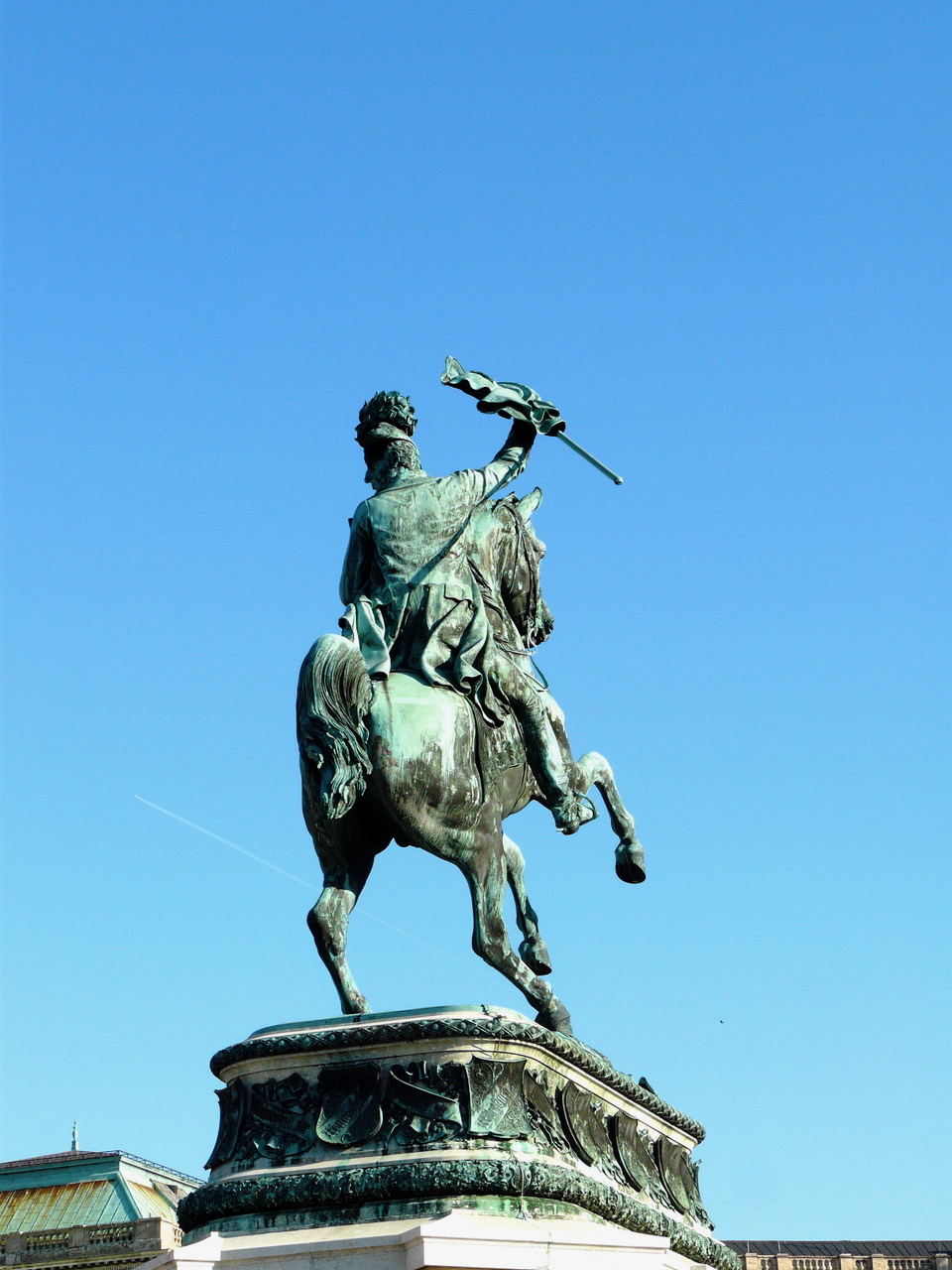Home | Oesterreich-Teschen, Karl von
- CountryAustria
- Town:Vienna
-
Year of creation:1859
- Rider(s):Oesterreich-Teschen, Karl von
( 1771 –1847) was an Austrian field-marshal, the third son of Emperor Leopold II and his wife, Maria Luisa of Spain. He was also the younger brother of Francis II, Holy Roman Emperor. Despite being epileptic, Charles achieved respect both as a commander and as a reformer of the Austrian army. He was considered one of Napoleon’s more formidable opponents. In 1809, he entered the War of the Fifth Coalition and inflicted Napoleon’s first major setback at Aspern-Essling, before suffering a defeat at the bloody Battle of Wagram. After Wagram, Charles saw no more significant action in the Napoleonic Wars. As a military strategist, Charles was able to successfully execute complex and risky maneuvers of troops. However, his contemporary Carl von Clausewitz criticized his rigidity and adherence to “geographic” strategy. Austrians nevertheless remember Charles as a hero of the French Revolutionary and Napoleonic wars
- Sculptor(s):Fernkorn, Anton Dominik
(1813 – 1878) was a German-Austrian sculptor.He rediscovered Baroque sculpture and used it as the basis for his equestrian statue of Karl von Oesterreich. In this work Fernkorn skillfully executed the difficult task of creating a monumentally sized equestrian statue with the horse (and rider) successfully balanced on the horse’s two rear legs. His equestrian monument of Prince Eugene of Savoy is less successful and by the time of its unveiling in 1865, Fernkorn’s mental illness made it impossible for him to produce any more work. In Zagreb stands his statue of ban Josip Jelacic.
-
The equestrian statue of Archduke Karl von Österreich-Teschen (1771–1847), who had defeated Napoleon at the Battle of Aspern-Essling in 1809, was unveiled in 1859. In this work, Fernkorn skilfully achieved the difficult task of creating a monumentally sized equestrian statue with the horse and rider successfully balancing on the horse’s hind legs.
The statue of William the Conqueror by Louis and Charles Rochet (1851) in Falaise (France) was most probably the inspiration for the statue of Archduke Karl. Both statues show the rider on a rearing horse, waving a flag in their right hand.
It is quite an achievement of Fernkorn that a statue with a weight of more than ten tons stands on only two spots, each no larger than a hand. It is said that the stress caused by the question of whether the statue would remain standing or not, was the main cause for Fernkorn’s stroke and subsequent mental illness. Other rumours are that this was caused by last minute requests by the client for changes to the pedestal of the statue. The unveiling of the statue on the occasion of the fiftieth anniversary of the Battle of Aspern-Essling, attended by 115 veterans of the conflict, was the usual mix of ecclesiastical and secular ceremonies.
